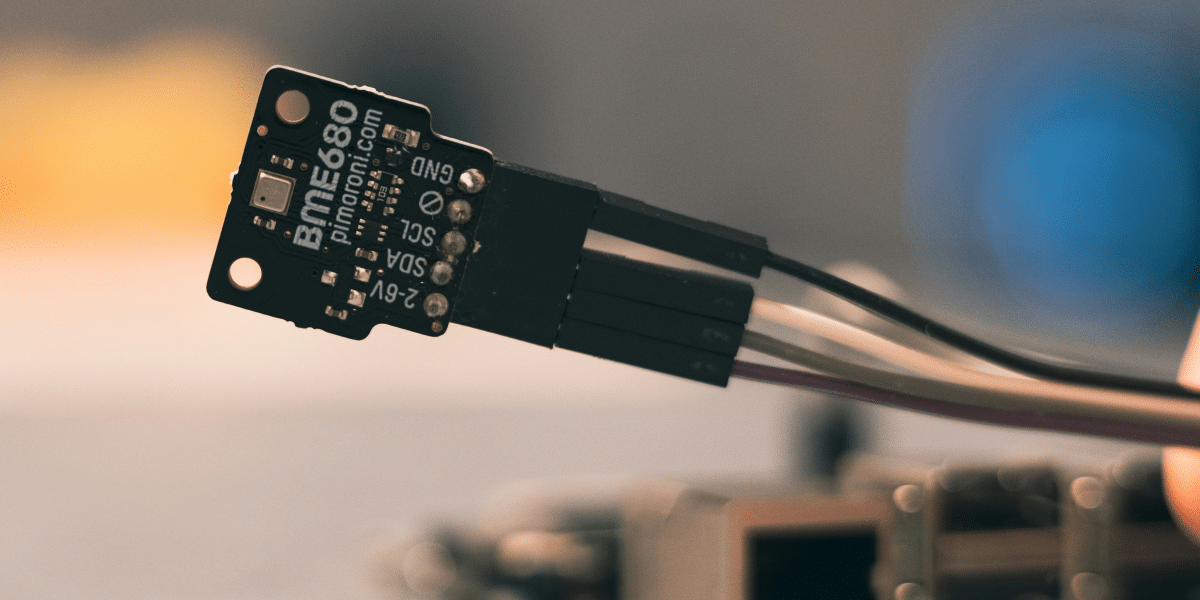The Internet of Things (IoT) has become a popular buzzword in recent years, with devices’ increasing connectivity and the assurance of making our lives more efficient and convenient. However, creating your own IoT device may seem daunting to some. This is where the Linkit One development board comes in—a powerful tool allowing individuals to create their own IoT projects easily.
In this article:
- We explore the potential and capabilities of the board, demonstrating how it simplifies the process of creating DIY IoT projects.
- The article provides an overview of the increasing importance of IoT in our daily lives and how individuals can leverage it to innovate and enhance their surroundings.
- Practical examples and potential applications of IoT projects are discussed, showcasing the board’s versatility and ease of use for both beginners and experienced developers.
What is Linkit One?
The Linkit One development board is an open-source platform designed specifically for creating IoT devices. It was developed by Seeed Studio in collaboration with MediaTek, a leading semiconductor company. The board is based on the popular Arduino architecture and is fully compatible with the Arduino IDE, making it easy for beginners to get started.
It is equipped with built-in Wi-Fi, GSM/GPRS, Bluetooth, GPS, and many other features that are essential for IoT projects. It also has a wide range of sensors and interfaces, including digital input/output pins, analog inputs, I2C, and SPI interfaces, making it suitable for a variety of applications.
Getting Started
To get started, you will need to have some basic knowledge of electronics and programming. The board can be programmed using the Arduino IDE, which is free and easy to use. There are also many tutorials and resources available online that can guide you through the process.
Once you have your board set up, you can start by experimenting with the different sensors and interfaces. The board has a built-in LED, button, and buzzer for basic input/output testing. You can also connect external sensors and devices to the board using the available interfaces.
Creating IoT Projects with Linkit One
The real power lies in its ability to connect to the internet and communicate with other devices. With built-in Wi-Fi and GSM/GPRS capabilities, the board can be used to create a wide range of IoT projects, such as home automation systems, smart weather stations, and even wearable devices.
One popular project is a smart garden irrigation system. The board can be connected to moisture sensors, water pumps, and valves, allowing for the automatic watering of plants based on their moisture levels. This project not only saves time and effort but also helps conserve water.
Another interesting application is in the field of healthcare. The board can be used to create wearable devices that monitor vital signs such as heart rate, blood oxygen levels, and body temperature. These devices can then transmit data to a mobile app or cloud server for further analysis and monitoring.
An additional application is in creating smart home systems. The board can be used to control various household appliances like lights, heating systems, and even security systems via the Internet. For instance, you can build a system that turns the lights on and off based on the time of day or a heating system that adjusts the temperature based on the occupancy of the room. This not only provides convenience but also contributes to energy efficiency, significantly reducing electricity consumption.
Advantages of Using Linkit One
It is an impressive tool, providing unique advantages that make it a preferred choice for IoT enthusiasts, both professional and novice alike. Its robust functionality, ease of use, and compatibility make it a powerful tool in the realm of IoT development. Whether you aim to create an automated home, a remote health monitoring device, or a weather station, it provides the necessary features and flexibility to bring your ideas to fruition.
- Arduino Compatibility: It is fully compatible with Arduino, a widely adopted open-source platform. This compatibility grants users access to a vast array of resources, libraries, and community support that comes with the Arduino ecosystem, simplifying the learning curve for beginners.
- Onboard Connectivity: One of the key advantages is its built-in connectivity features. It includes Wi-Fi, GPRS, Bluetooth, and GPS, eliminating the need for external modules and reducing the complexity of IoT project setup.
- Versatile Interfaces: It offers a wide variety of digital and analog interfaces, allowing users to connect a broad range of external devices, sensors, and modules. This flexibility is critical when designing and developing diverse IoT applications.
- Power Efficient: It is designed with power efficiency in mind, making it ideal for battery-powered devices and projects that require long operational times.
- Compact Design: Despite its numerous features, it maintains a compact form factor, allowing it to be integrated seamlessly into a variety of projects, including wearables and portable devices.
- Easy Prototyping: With comprehensive documentation and a significant online support community, it enables quick prototyping, accelerating the journey from idea to implementation.
- Robust Hardware: Its robust hardware ensures performance and reliability, offering robust computing capabilities and sufficient memory for complex applications.
- Affordability: Compared to other IoT development boards with similar features, it is more affordable, making it an excellent choice for hobbyists, students, and startups.
- Open-Source Platform: Being an open-source platform, it offers the freedom for customization and improvement, fostering creativity, and continuous learning.
- Supports Cloud Integration: It supports easy integration with various cloud platforms, enabling remote data access, analysis, and device management, crucial for comprehensive IoT applications.
Summary
In the realm of DIY IoT, the Linkit One development board emerges as a powerful, accessible tool that can turn ideas into reality. Its versatile features, coupled with the support of a thriving open-source community, make it an ideal choice for creators and enthusiasts alike. While beginners can learn and grow, seasoned developers find enough room to innovate and experiment. For more in-depth knowledge and updates, Into Robotics offers the latest technology news, tutorials, and reviews. It’s a resourceful platform that keeps you at the forefront of the ever-evolving DIY IoT landscape.
Published by: Nelly Chavez


















